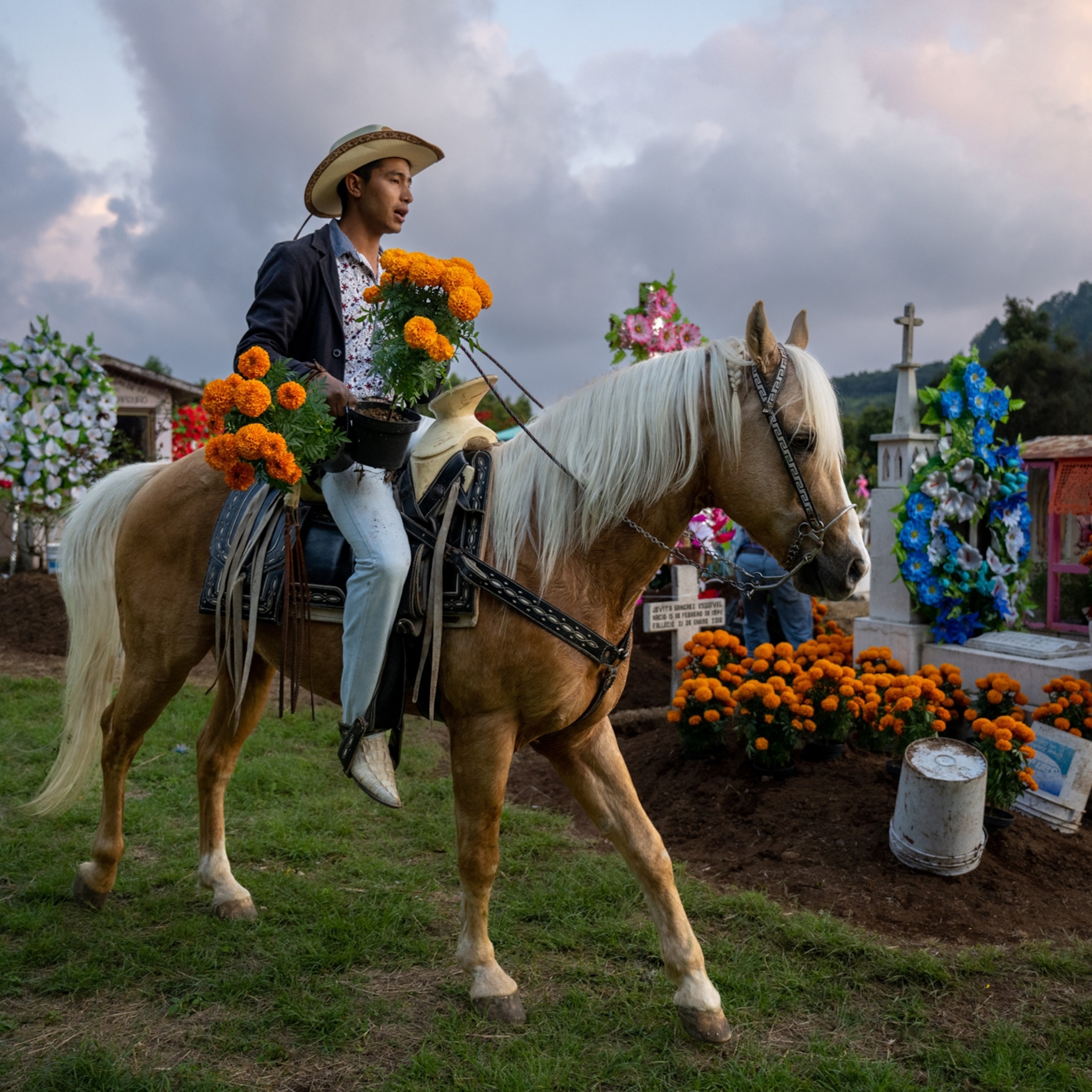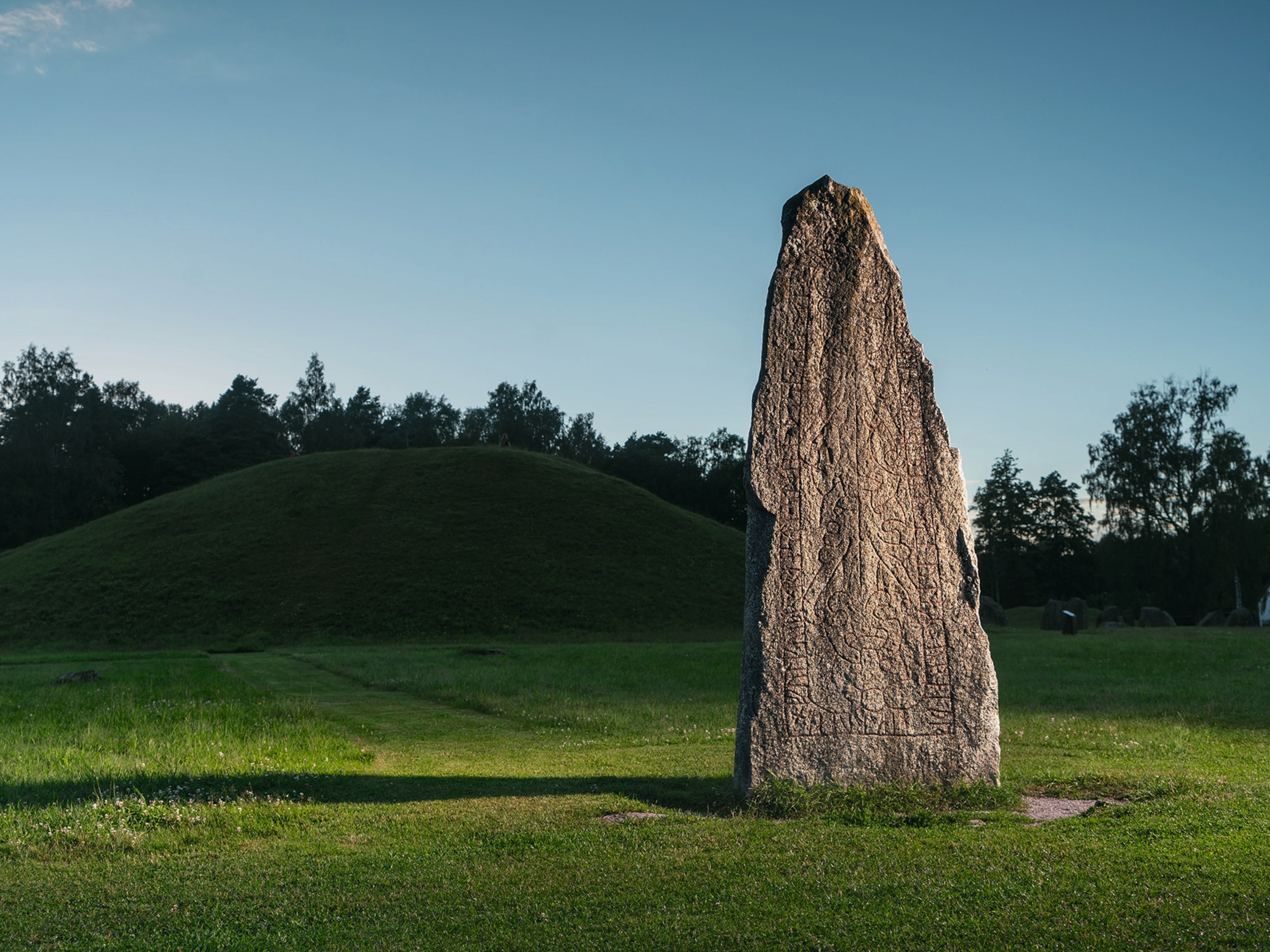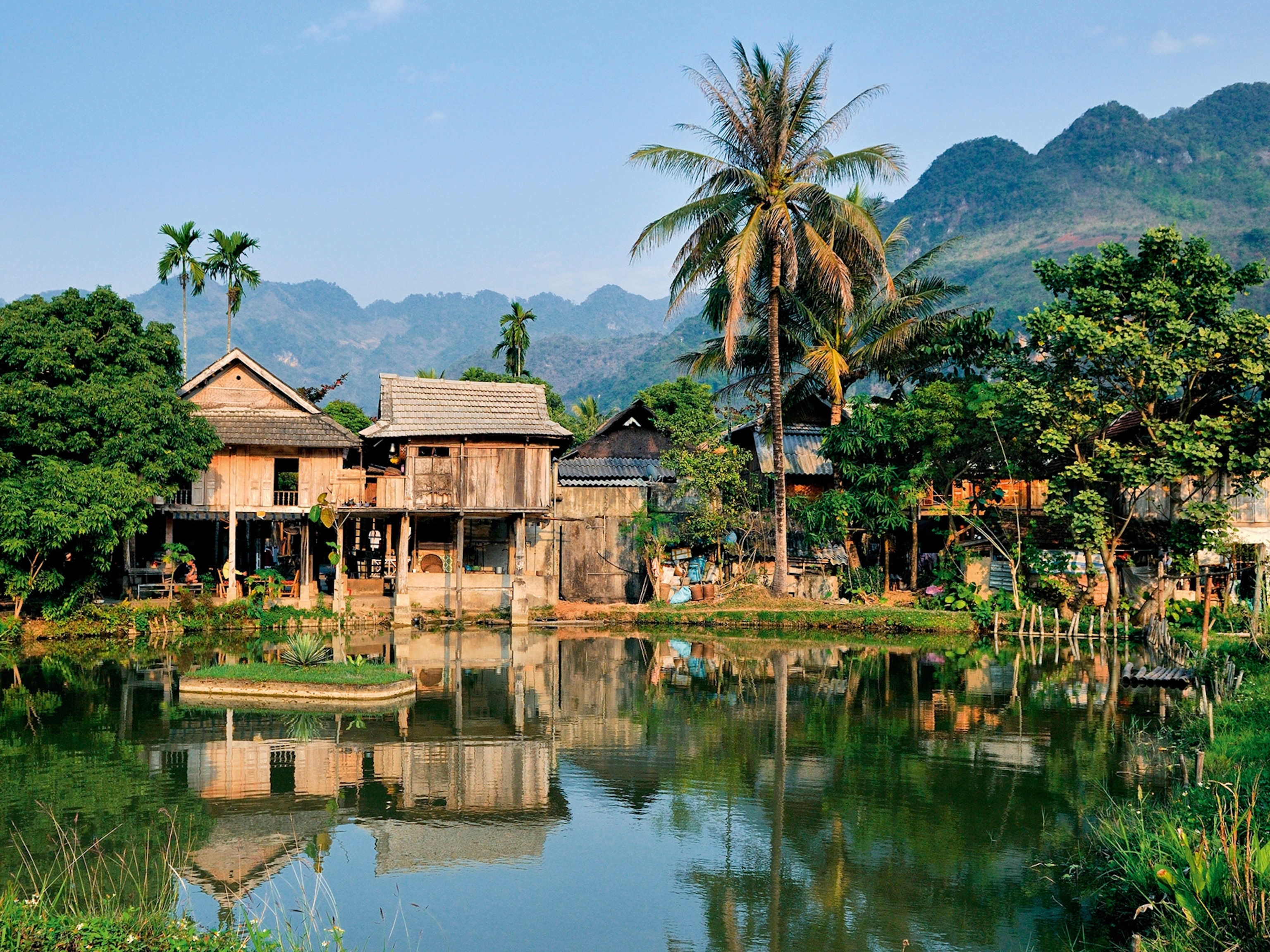
In Florence a centuries-old tradition fights for survival
Will the coronavirus pandemic put an end to the bloody yet beloved sport of calcio storico?
Niccolò Innocenti is a baker in Florence. His bakery is named Pugi, and he bakes a bread so soft and fluffy, with oil and coarse salt married so perfectly, that it is famous all over Tuscany. People call it schiacciata “del Pugi” simply because there is nothing made anywhere else quite like it.
Nicco is proud of his bread, and he has managed to stay busy handling delivery orders during the past few months of coronavirus lockdown in Italy. Yet while Nicco’s work is rewarding and steady enough, there is something missing from his life during this strange time that he cannot replace with just takeout.
Blood.
“Normally, I’m feeling a lot of tension and anticipation at this period of the year,” he tells me. “This is a season that we have been training for. It’s when we get ready to fight.”
He sighs. “And now I have nothing.”
Nicco is not alone. As many Italians struggle with restarting the very basic components of their lives, Florentines in particular are also reckoning with the upending of a vicious, visceral (the locals might prefer “passionate”) tradition that has been part of their city’s bones for centuries despite being unknown to most travelers.
Calcio storico, translated literally as “historic football,” is an annual tournament held in front of thousands of fans that features teams from each of Florence’s four classical neighborhoods. The teams, identified by colors, face each other in matches that look vaguely like rugby games, but only if rugby was staged on a giant sandpit in an ancient piazza and involved period costumes, bare-knuckle street fighting, and a general tolerance for maiming.
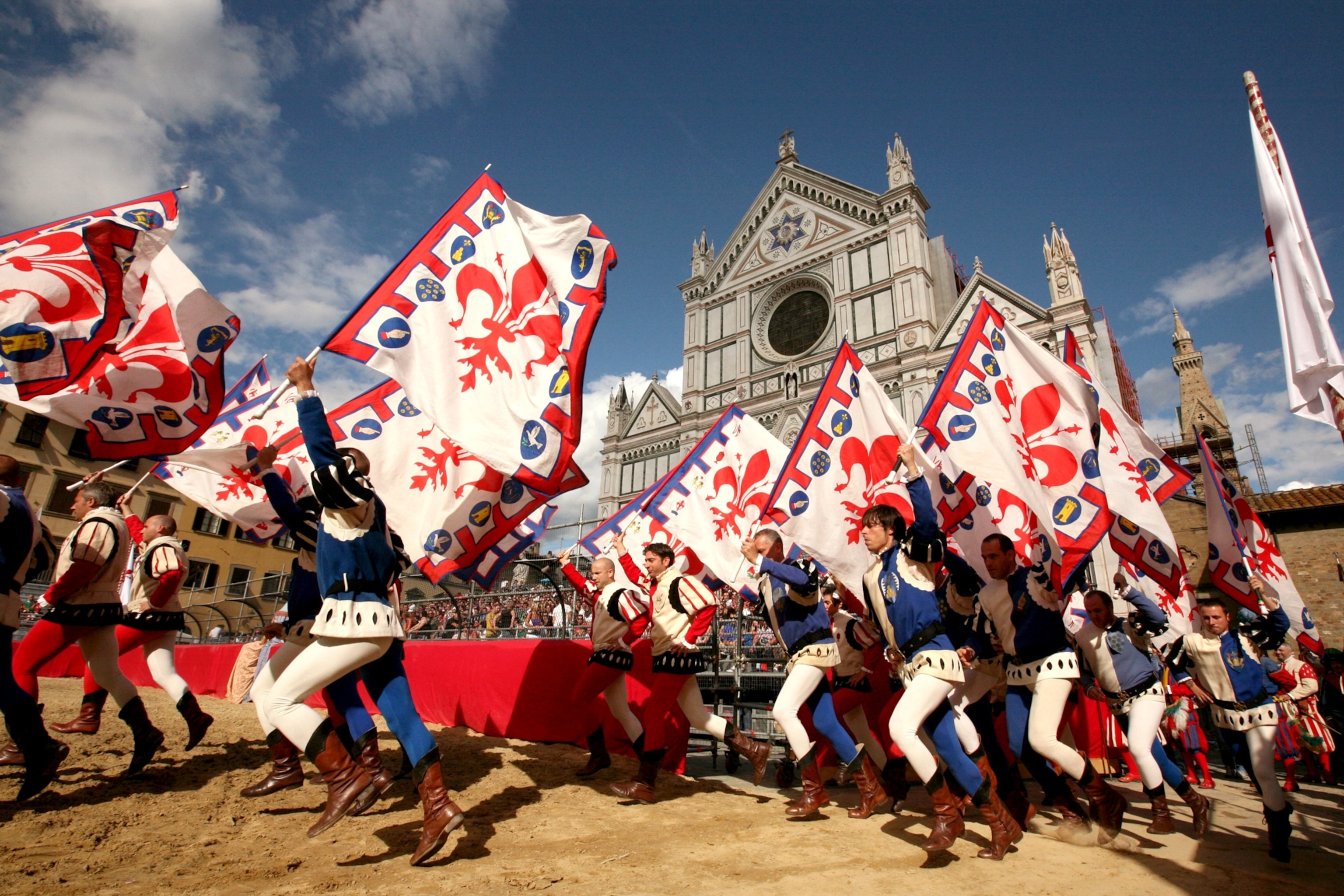
To watch the parade that precedes the final, always held on June 24, the city’s feast day for St. John the Baptist, is an age-old pleasure for Florentines. To cheer for the Azzurri (Blues) of Santa Croce; or the Rossi (Reds) of Santa Maria Novella; or the Bianchi (Whites) of Santo Spirito; or the Verdi (Greens) of San Giovanni is something close to a civic duty. And to be a calciante–a player who represents his color with pride and drive and purpose–is nothing less than an honor.
(Related: Explore Italy’s lesser-known UNESCO heritage sites.)
Men of all ages and occupations seize this responsibility, many following what their fathers and grandfathers did before them. Some, like Nicco, work in bakeries or restaurants or construction sites. Others, like Andrea Piras, who is a marketing executive for a high-end hotel, have more white-collar jobs.
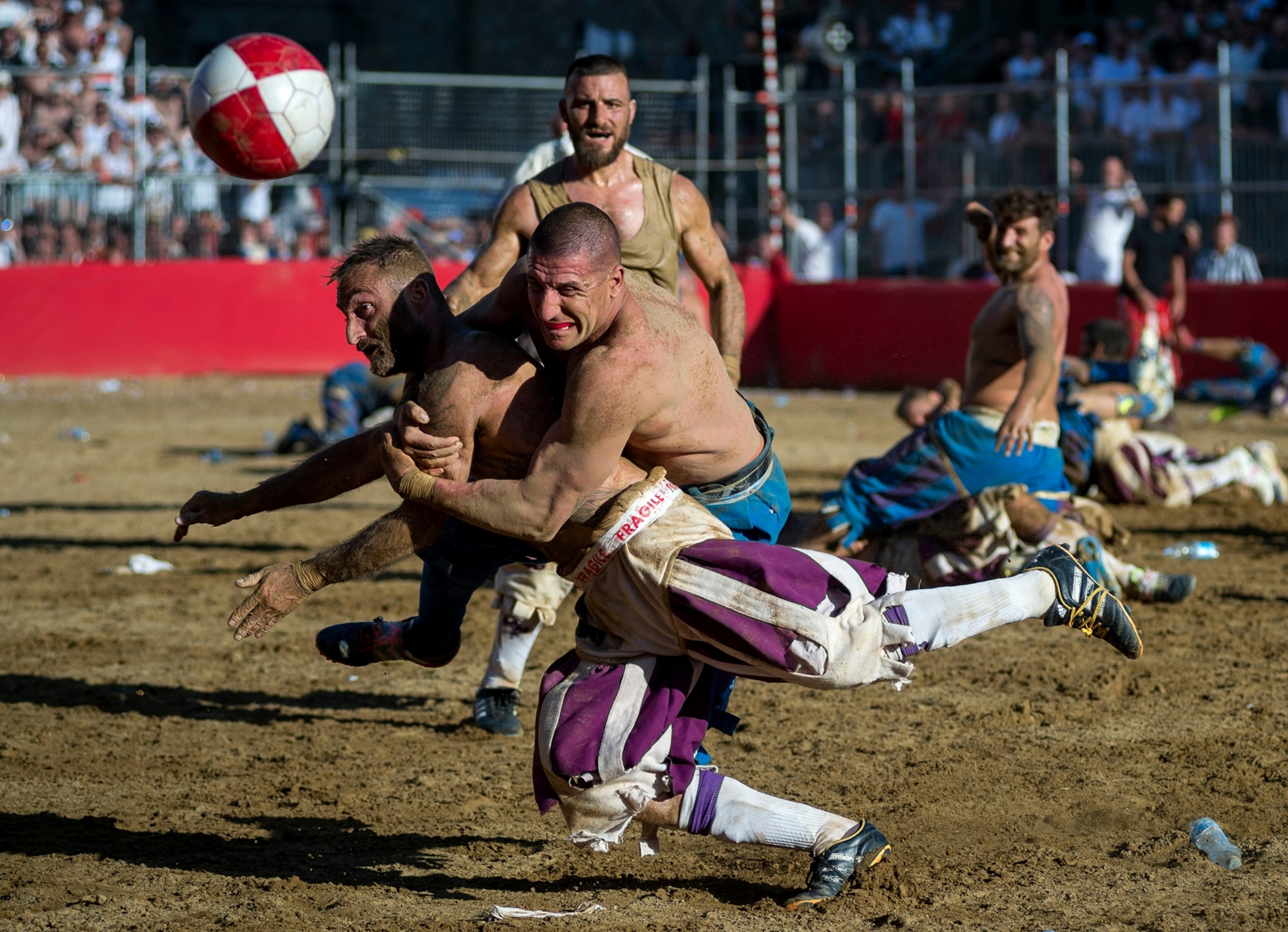
Their background doesn’t matter; all who step into the dirt do it only out of love. Traditionally the winning team received a calf (to butcher) in celebration, though more recently that has changed to just a free dinner and a small drape commemorating that year’s tournament. Either way, there is no money paid to calcianti for participating, no trophy raised after the final match. The players endure the concussions and lacerations and fractures simply because it is what Florentines have always done.
When it became clear the pandemic would make playing impossible this June, the wound cut deep. But then everyone immediately began to brainstorm how calcio storico could be saved, how it might be possible to avoid a total cancellation. The players felt it was all they could do.
“For us,” Andrea says, “it is like losing Christmas.”
An unlikely love story
I first met Nicco and a slew of other calcianti about five years ago. I was living in Paris as a correspondent for the New York Times and went to Florence to do a story about calcio storico, an event I’d seen snippets of in online videos. It intrigued me as a sort of quirky sports novelty.
It did not take long to realize that locals see it very differently. This isn’t some kind of weird cosplay fight club (though no one will ever deny the violence is appealing), but rather an event emblematic of Florence’s spirit. Nicco told me back then that when he first participated in calcio storico, the sensation was nothing less than “the feeling of being a man.”
When we connect again last month, he says that even though the teams are not able to hold actual practices right now, he has been running and “lifting an armchair in the house” anyway (the chair weighs about 30 pounds) because he has an obligation to stay in shape.
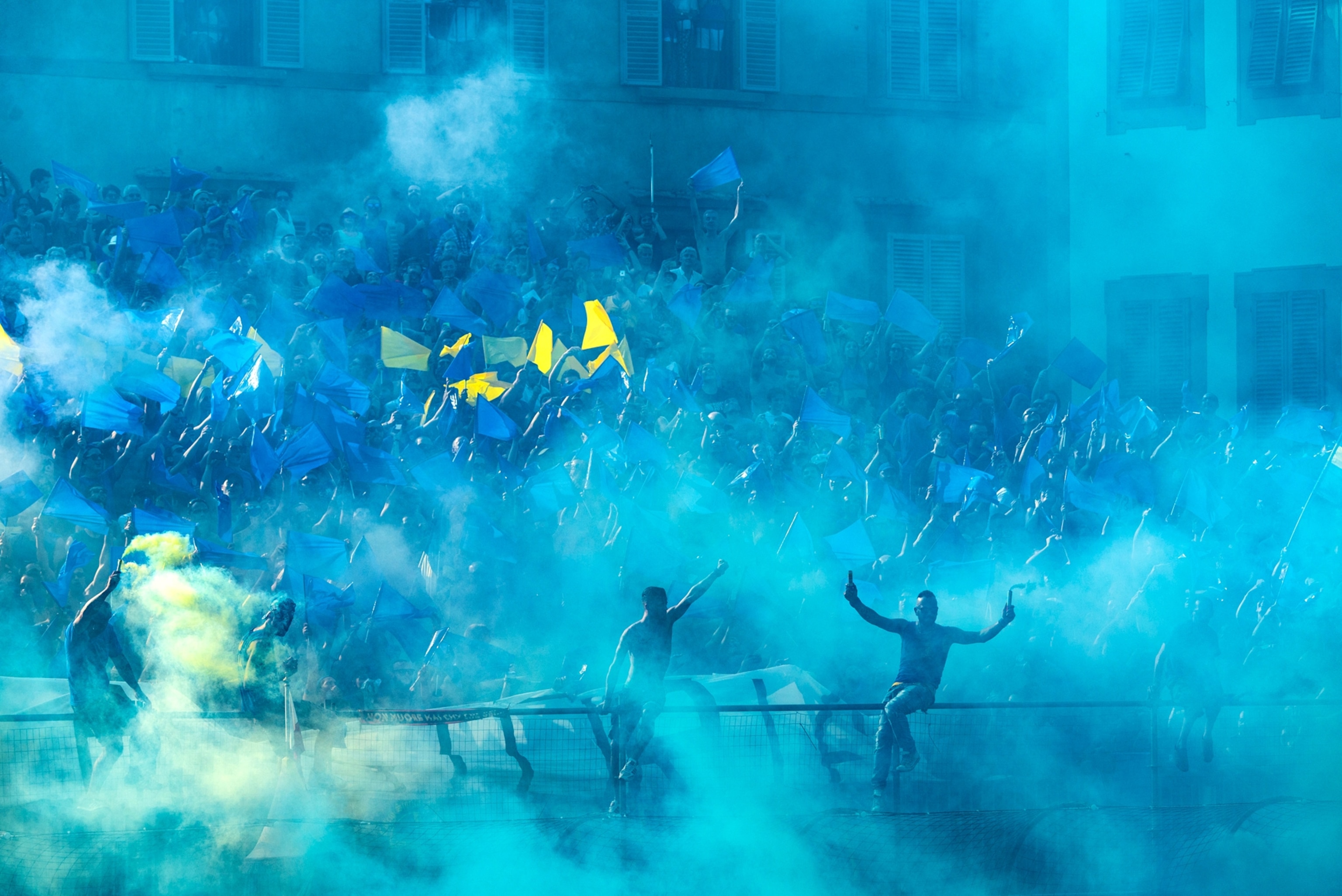

“It’s sort of hard to put into words what it means,” Nicco says. “If you take away my direct family, then there’s calcio storico–it’s my second family, even more than my store.”
This is a common sentiment. Stefano Di Puccio, who is now 63 but played for 15 years when he was younger, says one of the great regrets of his life is that he didn’t react more strongly during a game in 1979, when a member of the Azzurri took his Bianchi team’s flag and ripped it apart.
(Related: Find out why two trees get married every year in southern Italy.)
Stefano owns a celebrated Florence restaurant, Trattoria 4 Leoni (4 Lions), and has a leathery face with white hair and a dark beard. He tells me he used to write a will for his parents to keep before he went to play (“just in case”), then mentions casually that in one game he was kicked in the head so repeatedly by an opponent that he lost consciousness and was rushed to the hospital. “The person that kicked me in the head actually became the godfather to one of my daughters,” he adds, somewhat off-handedly.

“There is no real reason why anyone should do this,” he continues. “The only reason is because it is a chance to be a star. To walk in the parade and have people shout for you and women reach out to touch you as you walk by. It is a chance to be a protagonist.”
The appeal of calcio storico is multilayered. There are plenty of eye-catching components to it, including the pomp of the parade and the silky, striped, historically appropriate pants the players wear. But the raw simplicity of the game itself is also a significant allure: Two teams of 27 players score points by throwing a ball into a long trough that sits behind each end line. Games last 50 minutes, though they feel much longer, largely because the deep sand keeps the players’ movements from getting much faster than a plod. Still, the action is perpetual, the players slamming hazily into each other and pin-balling from one melee to another.
(Related: These interactive renderings explore stadiums of the past and the future.)

There are, nominally, positions. The players are roughly split into three lines, and the innanzi, or runners, are the ones who try to infiltrate the other team’s half and score a caccia, or goal. Passing is difficult and even though most players wrap layers of tape around their waistbands so that it is harder for an opponent to grab them, scrums are constant. By the halfway mark of any match, the players are covered in sweat and sand, the field is littered with scraps of fabric and shreds of skin, and the fans are frothy from the carnage unfolding in front of them.
The fighting, frankly, is endless, and this is by design. The optimal strategy in calcio storico is for players to try to incapacitate as many of their opponents as possible through punches, kicks, takedowns, headlocks, stomps, and other assorted mayhem, because the rules of the game prohibit substitutions. This delightful Darwinian twist means that if a player is knocked out of the game–like, say, when Stefano was carted off after his best friend kicked him senseless–his team must play a man short.
It should be said: No one has ever died during a modern calcio storico match. But there was, once, a spleen that required removal, and it is not uncommon for the medics stationed alongside the field to bring out their stretchers six or seven (or eight or nine) times in a given game.
That defiance–the commitment to maintaining the tradition even while under attack–became a part of the game’s majesty. Nothing, not even war, would dictate to Florentines they couldn’t play.
Many players, I was told when I first visited, actually fear showering after a match more than playing in one. It is only in the shower, you see, when the pulse slows and the water hits the flesh that one becomes acutely aware of all the places his skin has been shredded or torn.
Referees do exist in calcio storico, but they lean more toward decorative than functional. Their main job is to make sure that multiple players on the same team are not ganging up on any individual opponent. And while the referees’ costume includes swords, they do not seem to be much of a deterrent; in 2017, for instance, the police had to interrupt a match after members of the Azzurri assaulted three different officials.
Alarming as that might sound, these things, it seems, just happen. “There have always been incidents,” says Maurizio Conti, an architect who played for the Azzurri from 1972 to 1988. Maurizio smiles as he recalls the famous story of his friend, Renzo Carli, who had part of his ear bitten off during a tournament game. Renzo was “a little bit alarmed” by the assault but recovered and welcomed his opponents into his store shortly afterward because, for calcianti, the injuries sustained are “like medals,” Maurizio says.
He laughs. “And anyway it’s not like we are playing with dolls out there.”

The games must go on
At this point, you may be wondering how it could ever be possible to stage an event like this–that is, an event where people are frequently covered in the bodily fluids of others–in a way that is safe and sanitary.
It is a reasonable question. Filippo Giovanelli, an executive overseeing the parade and other components of the calcio storico celebration, has been thinking about it for months, talking over and over with other officials about potential modifications.
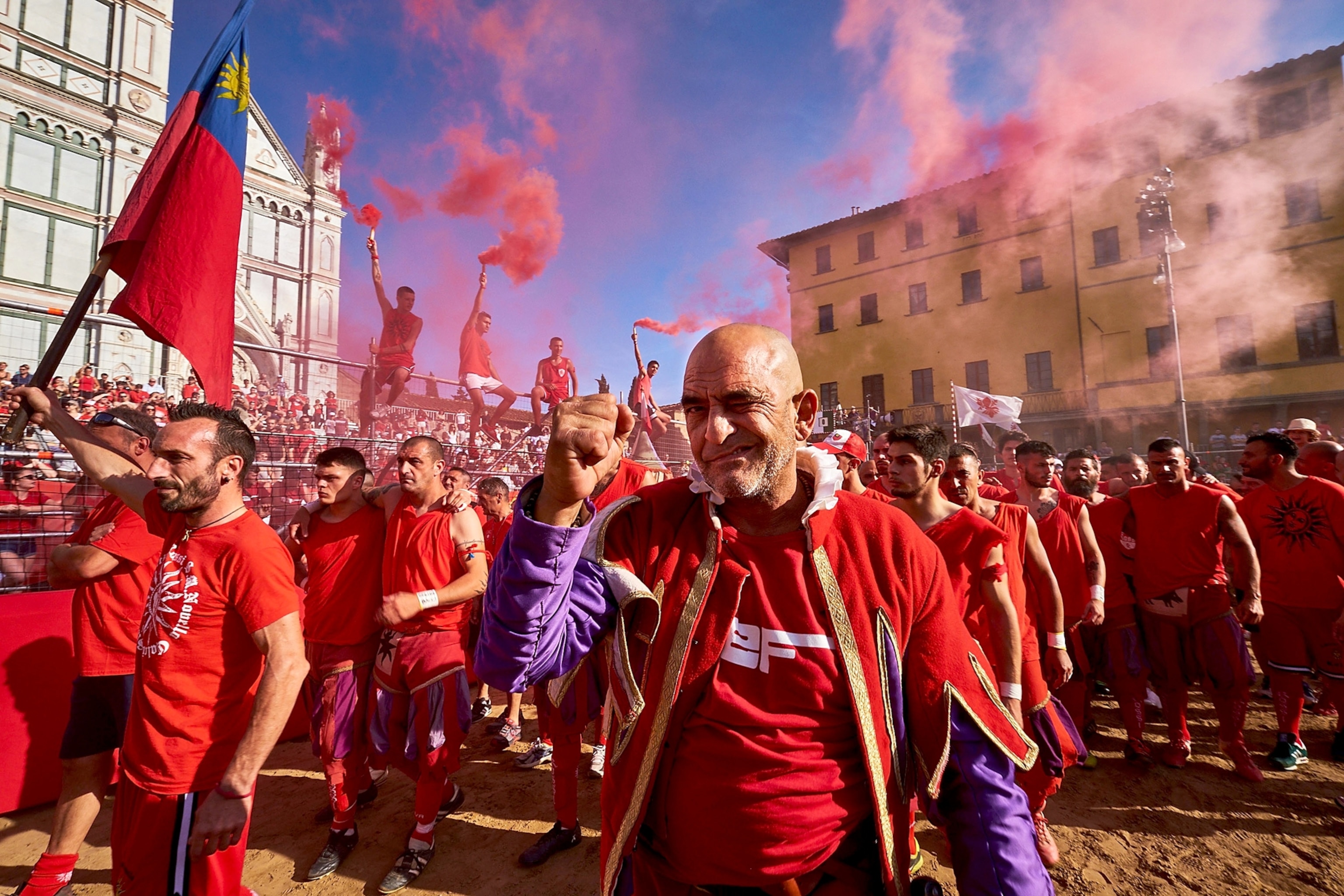
“The situation is tragicomic,” he tells me, raising his palms. “We cannot have a parade with masks. We cannot have a game without grappling. But we must be able to do something.”
Andrea Vannucci, a deputy mayor who oversees city traditions, is similarly flummoxed by what could be done but says he keeps coming back to the history of the game itself. Calcio storico is believed to date back as far as the late 1400s, but its most famous moment came in 1530, when Florentines went ahead and played the game despite the fact their city was under siege from the army of Holy Roman Emperor Charles V.
That defiance–the commitment to maintaining the tradition even while under attack–became a part of the game’s majesty. Nothing, not even war, would dictate to Florentines they couldn’t play.
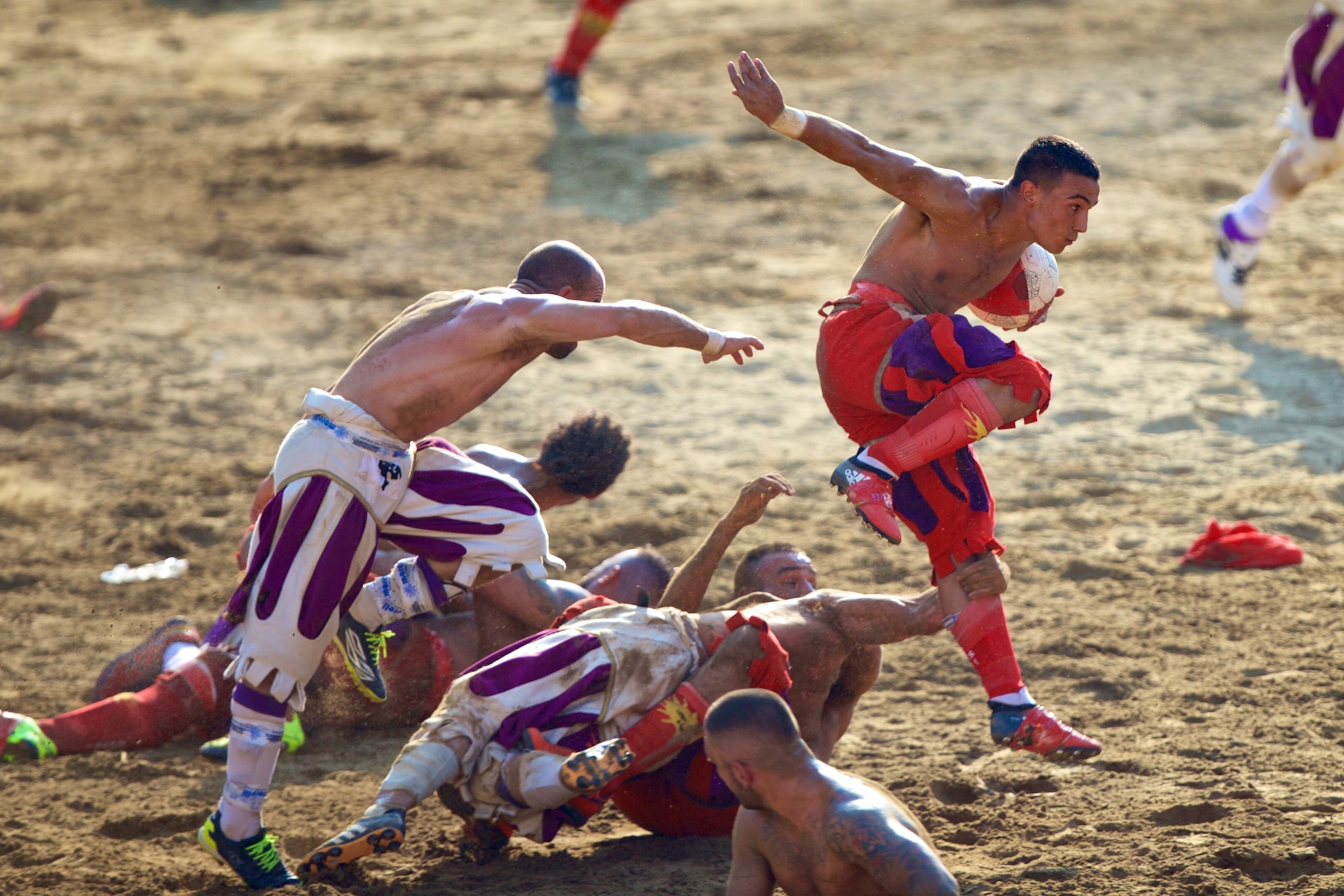
“In 1530, the enemy was the troops,” Andrea says during a video interview last month, sighing as he rolls out a cigarette. “In 2020, it’s not the troops; it’s the virus. So, this is our foe. Our people are frightened. And we have to figure out what we can do to give hope to the city again.”
Andrea knows that might sound a little dramatic; there are, clearly, many different things concerning Florentines right now. As just one example, tourism brought nearly $50 million in revenue to the city last year and this year that number is expected to be virtually zero.
But it is also not an overstatement to say that calcio storico is so ingrained in Florence’s society that it can serve as a bellwether of the city’s determination. There is an entire language that exists around calcio storico, a vocabulary that is uniquely Florentine: The batipalla, which is a marble object indicating the center line of the field. Or a sommommolo, which has its roots in a word for a type of bread shaped like a fist and is a delightful way to refer to one player knocking out another.
Calcio storico matters, to be sure. Stefano, the restaurant owner, says that he sometimes marvels at the fact that he is known more in Florence for being a calciante than for running a renowned restaurant or even serving as a councilman. Andrea Piras, the marketing executive, says he always makes a point of mentioning during meetings or job interviews that he plays calcio storico–mostly to explain the scars or scrapes that might be on his face–and he revels in the questions and wonder it inspires.
“When I was a kid, I saw the calcianti as heroes, as brave men,” he says. “I hope that is still what we represent to a lot of people now.”
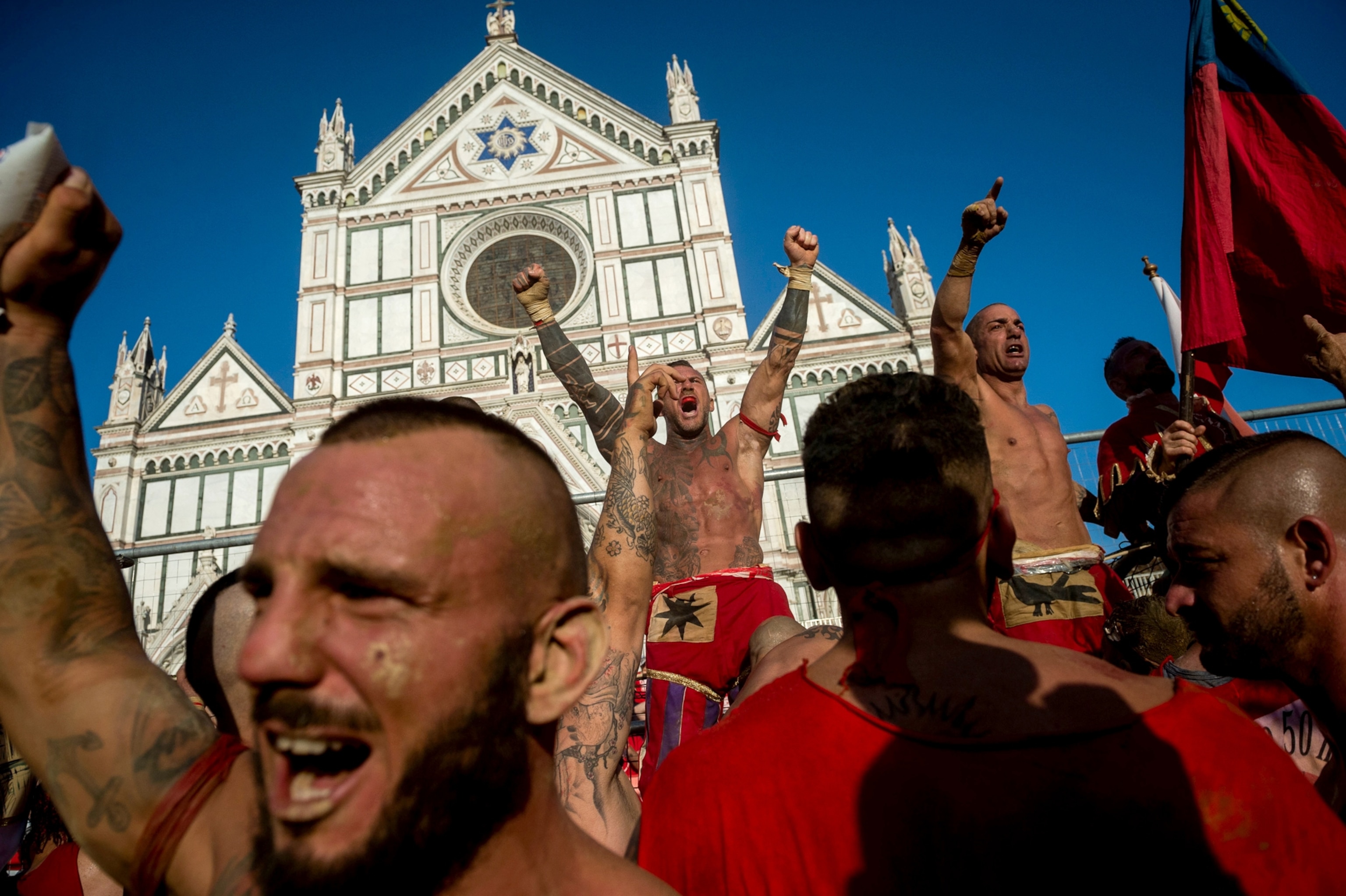
It surely is. And, because of that, leaders like Andrea Vannucci and Filippo Giovannelli are determined to find a way to avoid wiping out the 2020 calcio storico tournament altogether. Initially, the thought was that this year’s matches would be moved to the fall, possibly sometime in September.
Now, as concerns about a second wave of the pandemic grow, there has been more support for potentially moving the games to February of 2021–a month that might be more feasible and would be an appropriate homage to the 1530 game, which was also staged in February.
Speculation like that heartens the calcianti, though some worry that playing matches without proper training time would make the games more dangerous. Others are concerned that playing at all might be too risky, particularly since many players (like many Florentines) have become unemployed during the lockdown. “What if they get hurt and can’t go find another job?” Nicco, the baker, says. “I think about this and wonder if we should play at all.”
A moment later, though, when I ask if he would ever consider suggesting the games be canceled, Nicco laughs, long and loud. There is no way. “If they play–it doesn’t matter the time–I will bend my will and go,” he says, and then he shrugs.
Of course he will. He is a Florentine. He really has no choice.



